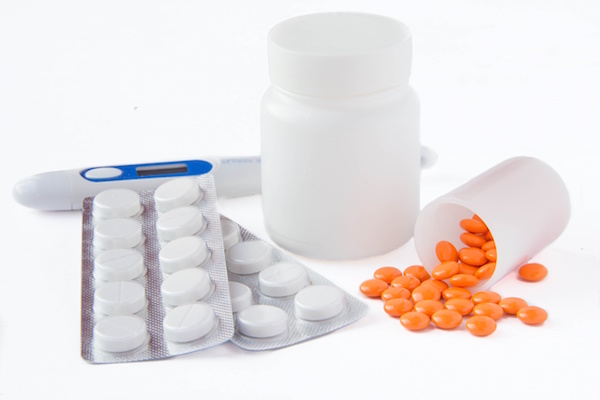WEDNESDAY, June 1, 2016 (HealthDay News) — There’s an epidemic of distracted driving that’s maiming — and in too many cases — killing people in crashes involving teen drivers, a new report shows.
A full 60 percent of car crashes involving teenagers occur while these young and inexperienced drivers are talking, texting or are otherwise distracted. And this happens far more often during the summer, according to the American Automobile Association (AAA).
“I think everyone gets that distracted driving is bad and you shouldn’t do it, but until now parents didn’t have data in front of them to suggest that it was a much bigger problem that they should be concerned about for their teens,” said Jake Nelson, director of traffic safety advocacy and research at the AAA.
For the study, researchers at the University of Iowa and the AAA Foundation for Traffic Safety analyzed the moments leading up to a crash in more than 2,200 videos from in-car dashboard cameras.
The researchers found these top three distractions for teens:
- Talking to passengers accounted for 15 percent of crashes.
- Talking, texting or operating a cellphone accounted for 12 percent of crashes.
- Looking at something inside the car accounted for 11 percent of crashes.
According to the AAA report, released June 1, more than 1,000 people die in crashes involving teen drivers every year. And summer is the most dangerous season, when the average number of deaths involving teen drivers aged 16 to 19 increases 16 percent per day compared with other times of the year.
In the report, the researchers also found teens were more likely to be texting or looking at the phone than talking on it.
Such distractions can cut a young life short. Just ask Martha Tessmer.
Her 16-year-old son, Donovan, was three weeks from starting his senior year in high school in 2007 when he was killed in a car crash.
He was in a car driven by another teen. The other teen passengers were goading the girl to go faster, Tessmer said. The teasing continued until she lost control and crashed the car into one tree and then another. None of the kids was wearing a seat belt and Donovan was thrown from the car and killed. The others survived, Tessmer said.
The other passengers and the driver later told Tessmer they were afraid when they were going so fast, and if someone had spoken up she would have slowed down.
For Tessmer, the lesson is that “if they’re afraid, whether they’re the driver or the passenger, their one voice could be what saved their life and the life of the other people in that car. Don’t ever hesitate to speak up.”
Teens should know this could happen to them, Tessmer said. “It only takes one bad choice in a car to become reckless and distracted, and all the good decisions in life are canceled out — that’s what happened to Donovan,” she said.
AAA’s Nelson said distracted driving makes crashes more likely because it “makes you less likely to react quickly to a dangerous situation.”
Also, a phenomenon called “attention blindness” — when you don’t see something right in front of you because you’re focused on something else — can be deadly, he said.
Nelson noted that many states now have graduated driving licenses, which make teens safer drivers because they have limits on the number of teen passengers and also the times of day when they can drive.
Parents are the most effective deterrent to distracted driving, Nelson said. “The single most important step parents can take is to model safe driving behavior, and talk to their kids over and over and over again about the dangers of distracted driving,” he said.
Keeping cellphones out of the hands of teen drivers is a top priority for AAA, Nelson said.
The association urges parents to teach their teens about the dangers of distracted driving with these tips:
- Talk early and often about the dangers of distraction.
- Have a parent-teen agreement that sets rules against distracted driving.
- Teach by example — keep your eyes on the road while driving.
Dr. Barbara Pena, research director of the emergency department at Nicklaus Children’s Hospital in Miami, agrees that parents have a pivotal role to play in making sure their teens drive safely.
“Parents need to be on top of them, reminding them of the dangers of distracted driving and leading them by example,” she said.
More information
Visit the American Automobile Association for more on distracted driving.
Copyright © 2025 HealthDay. All rights reserved.

